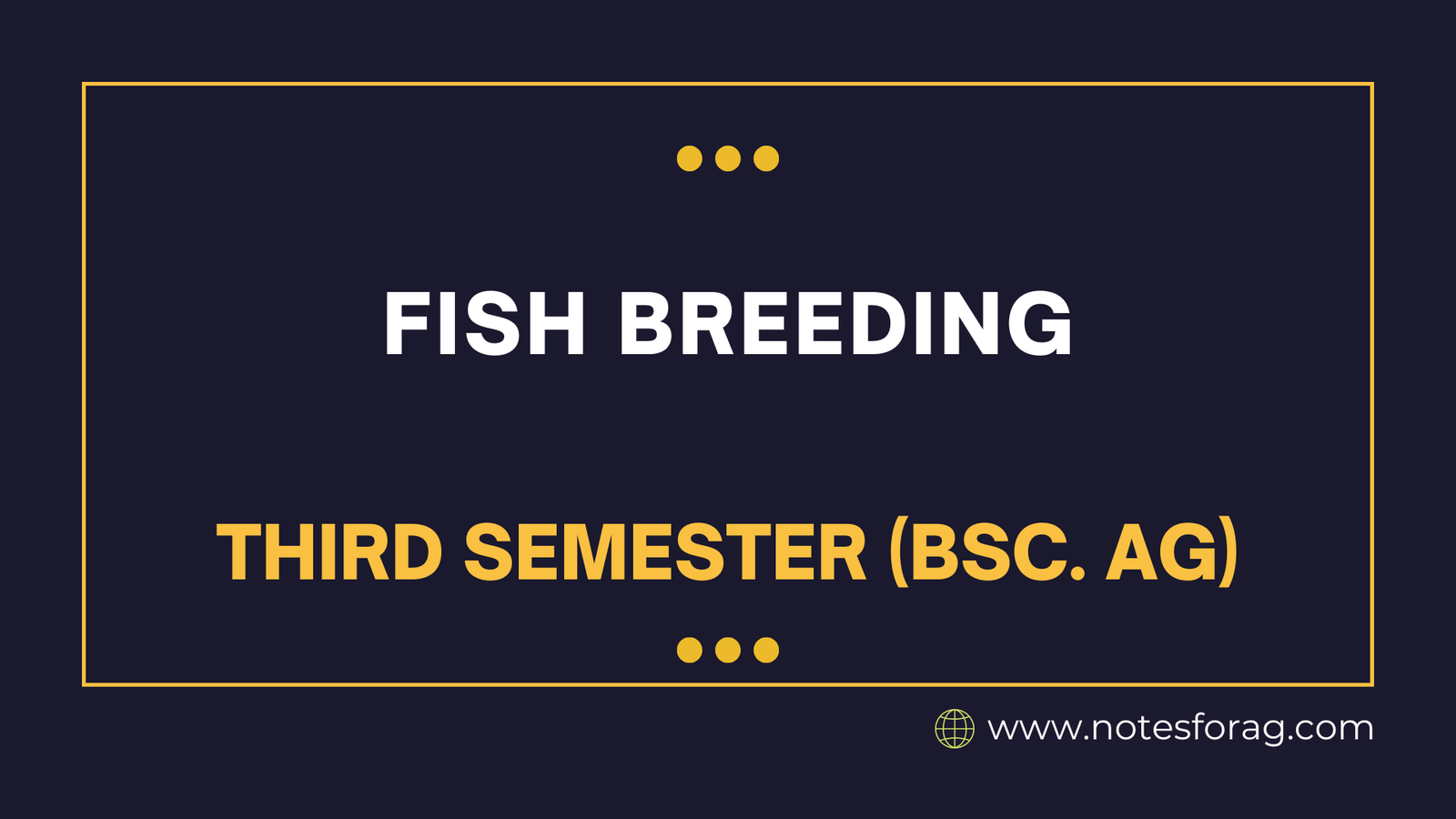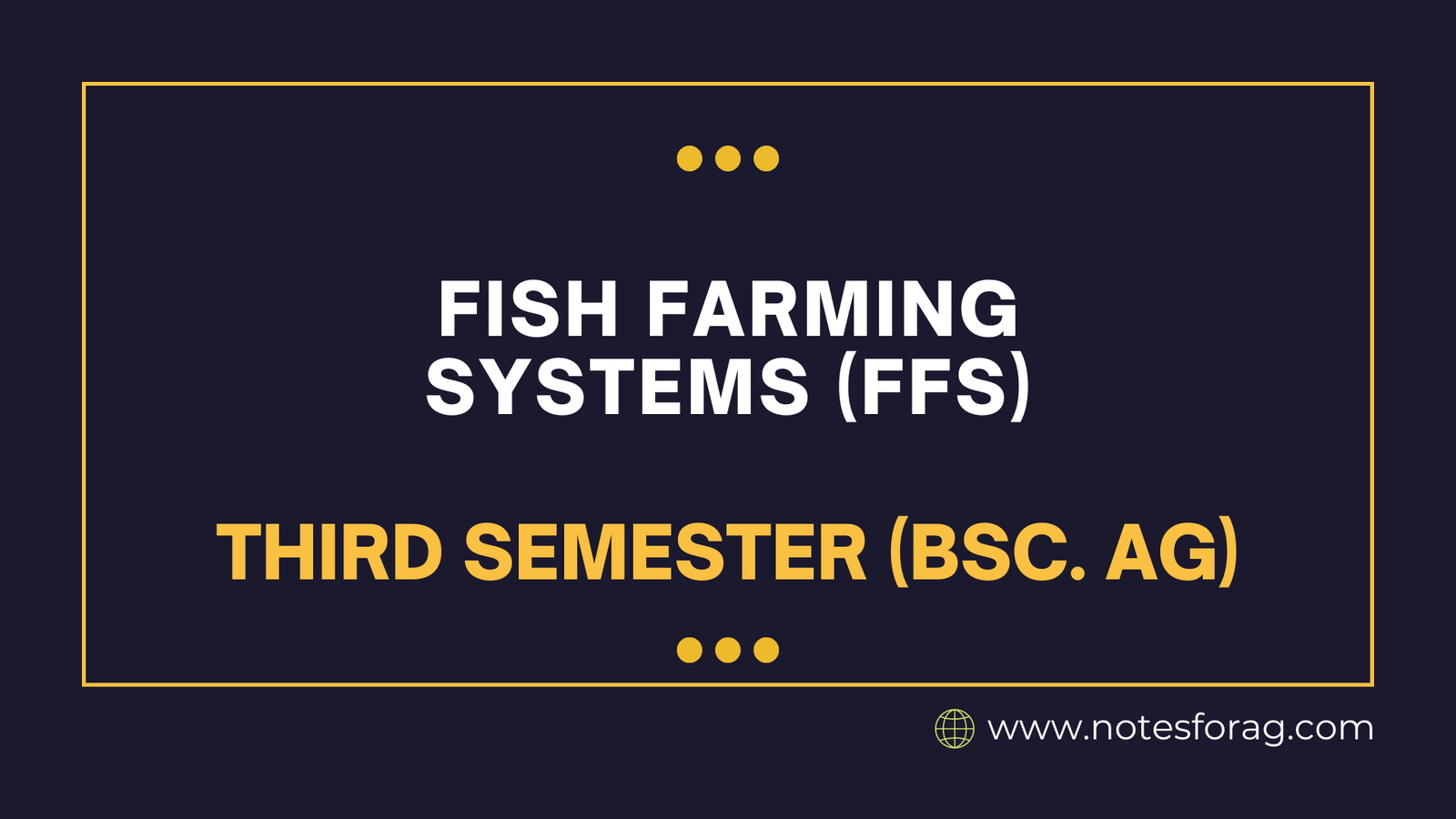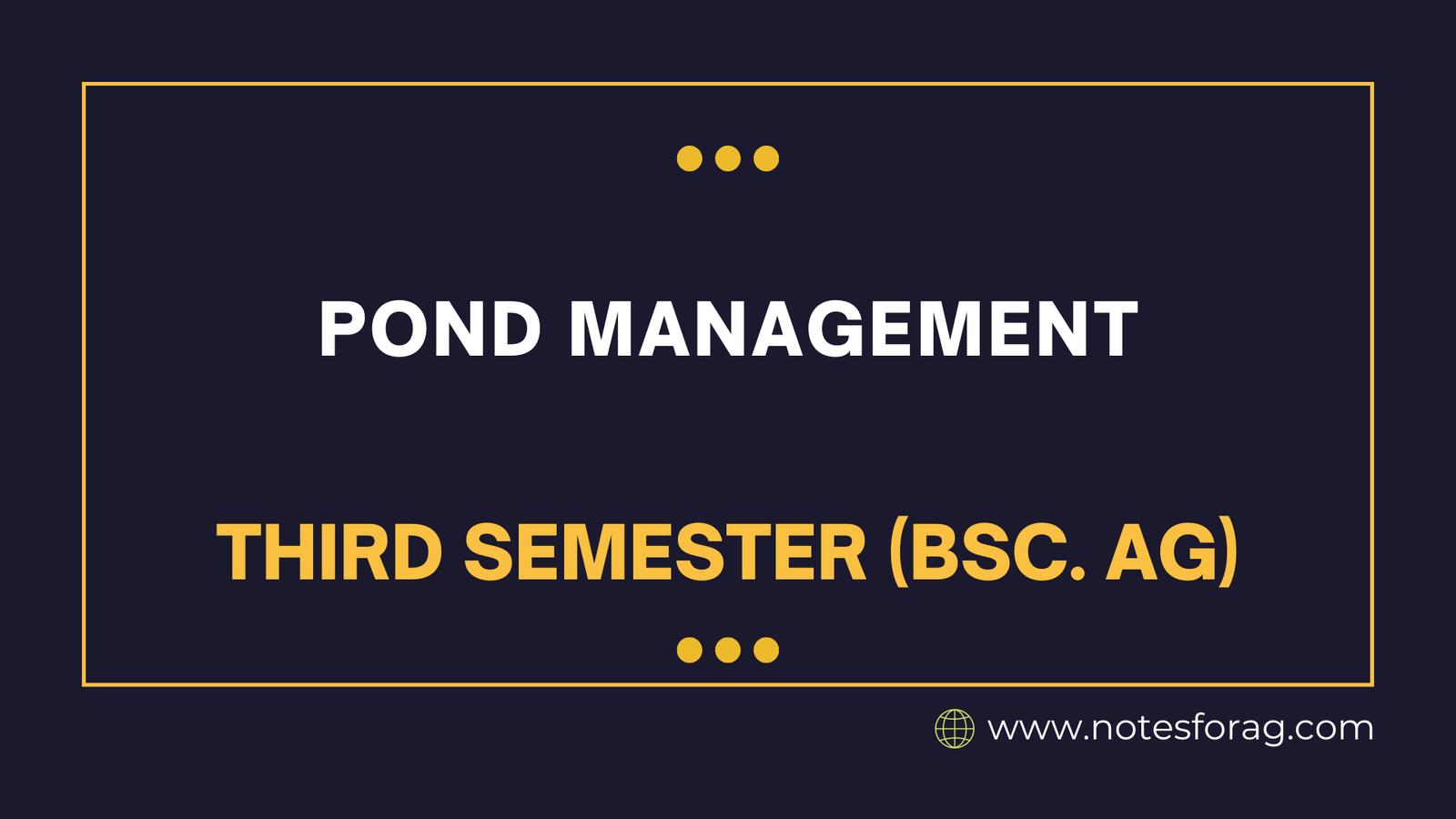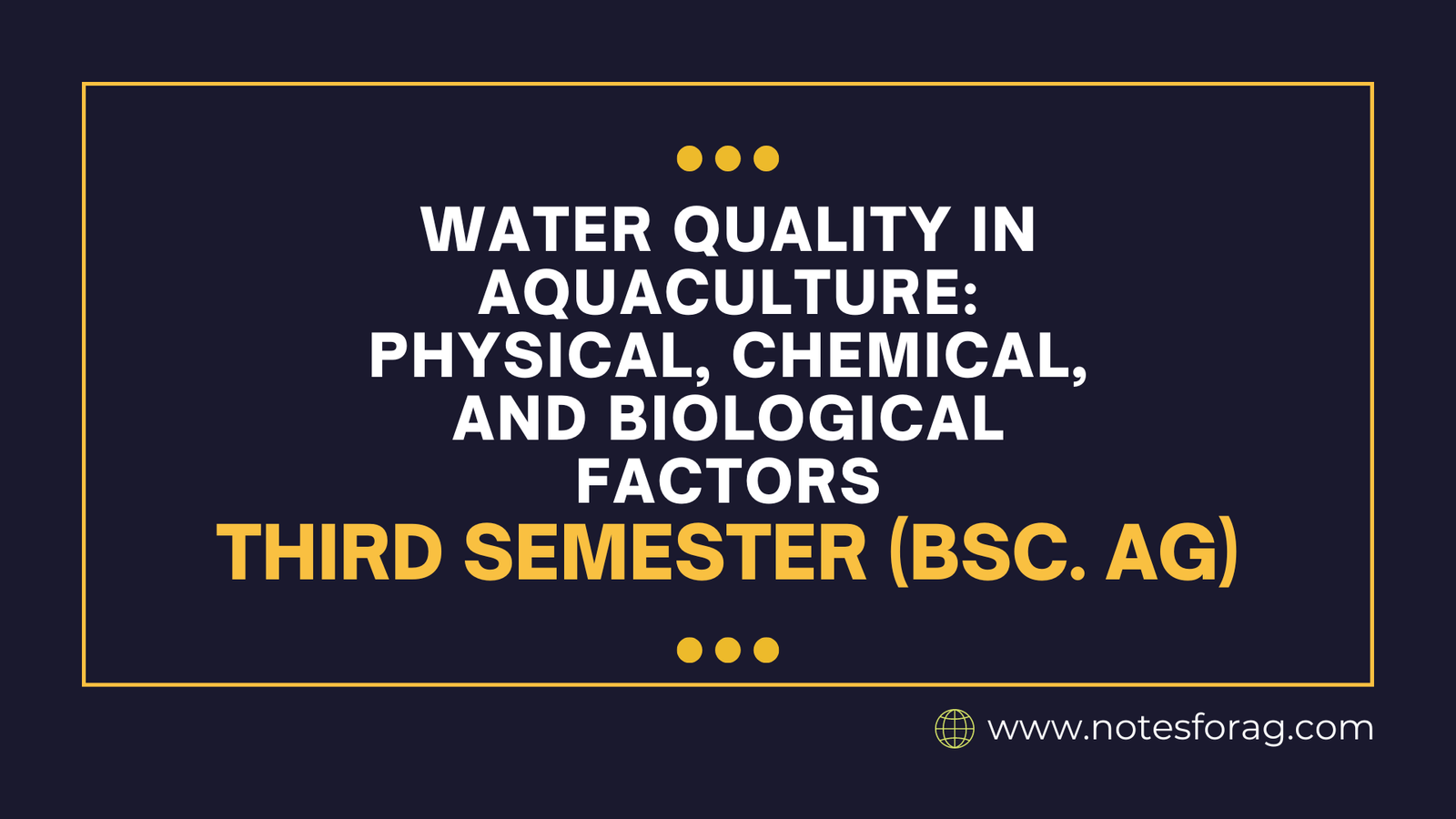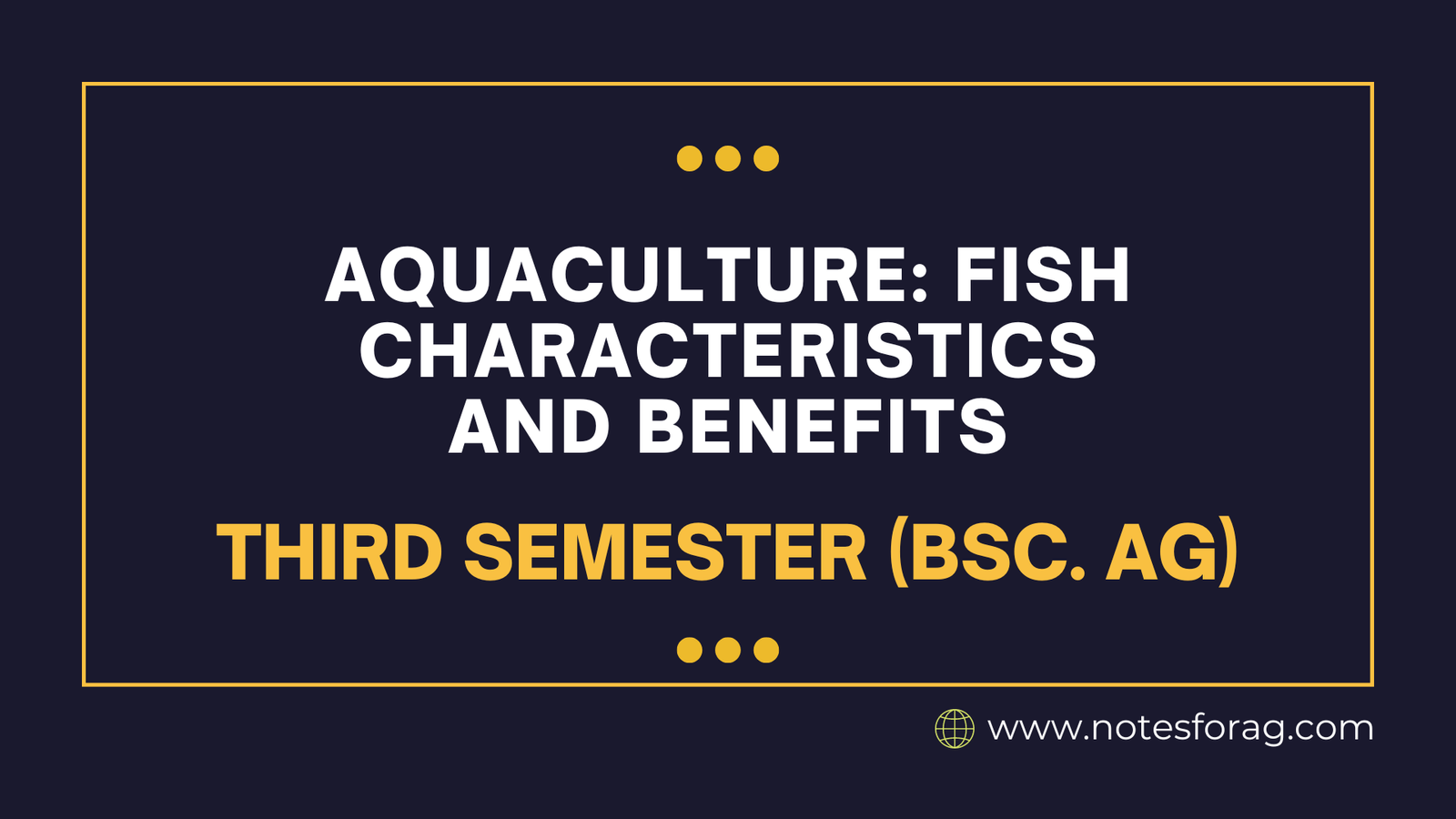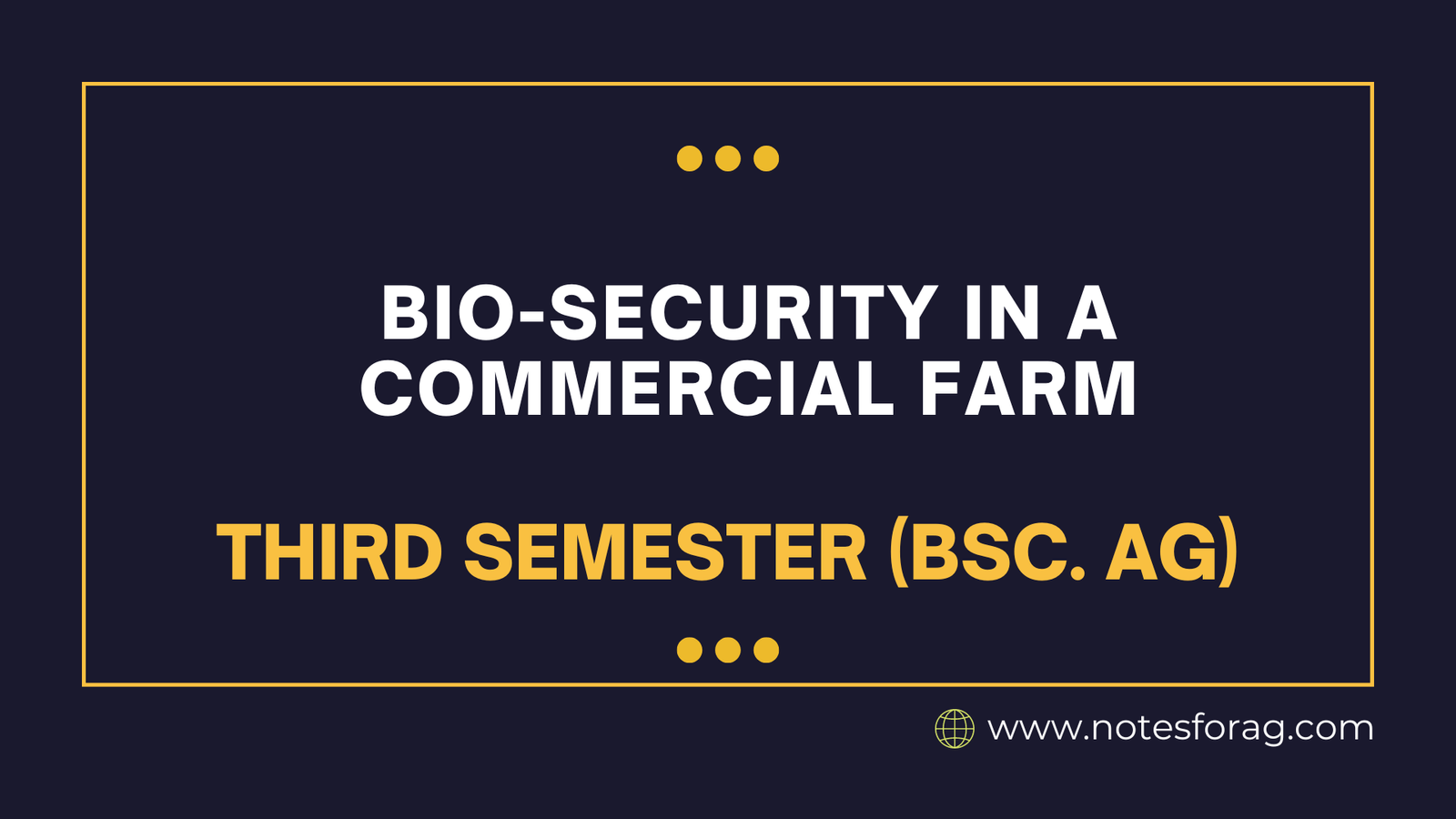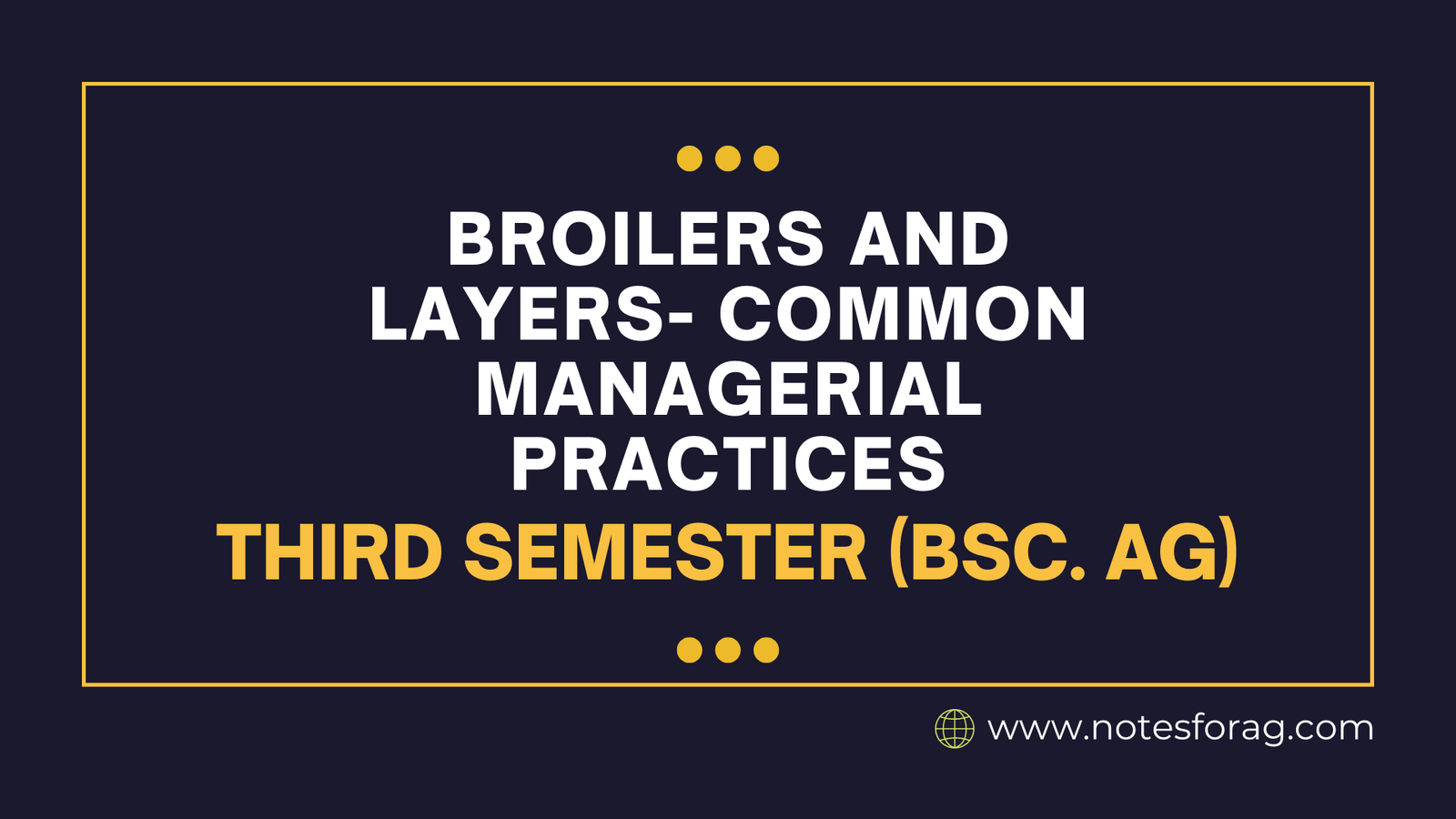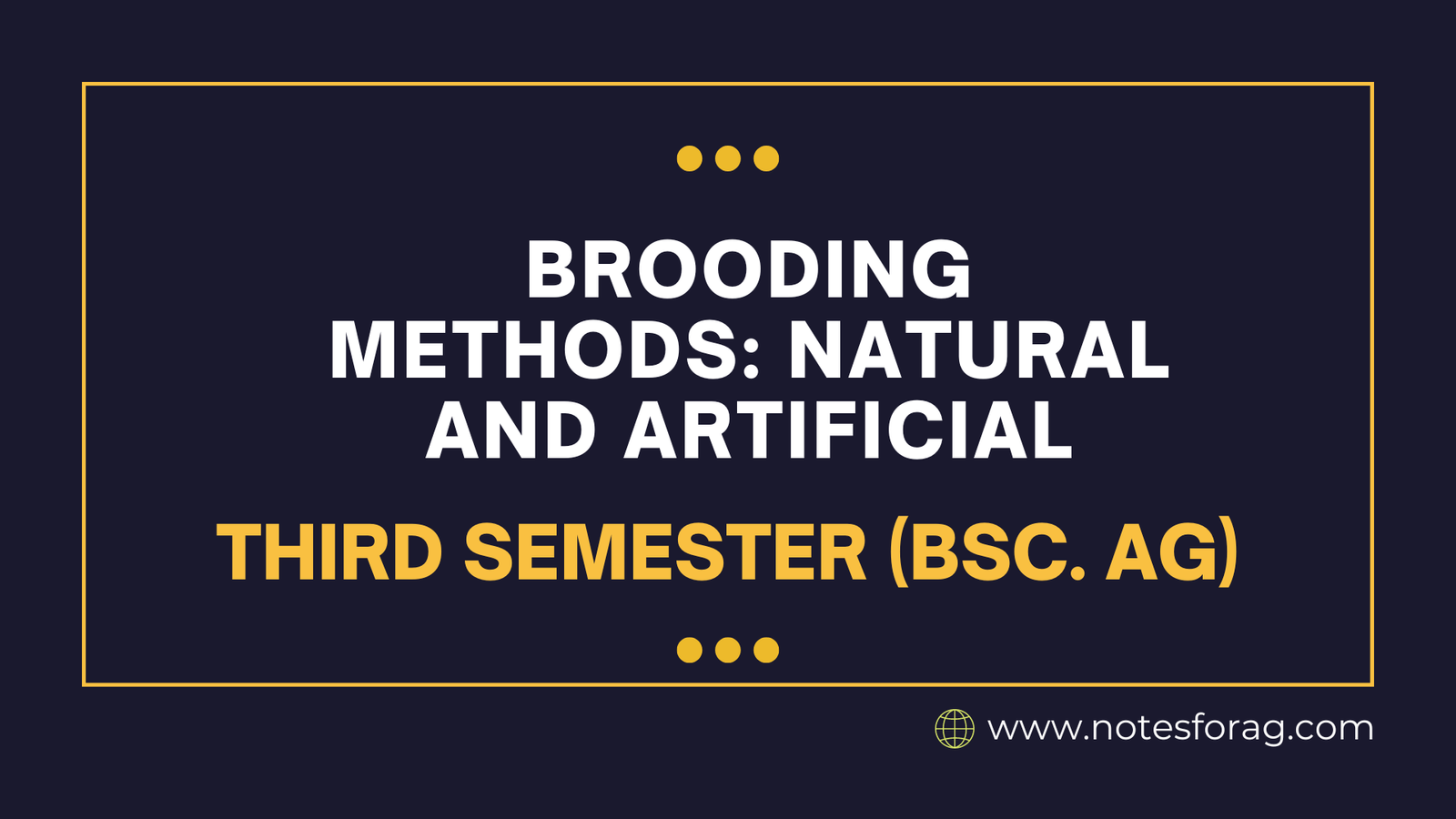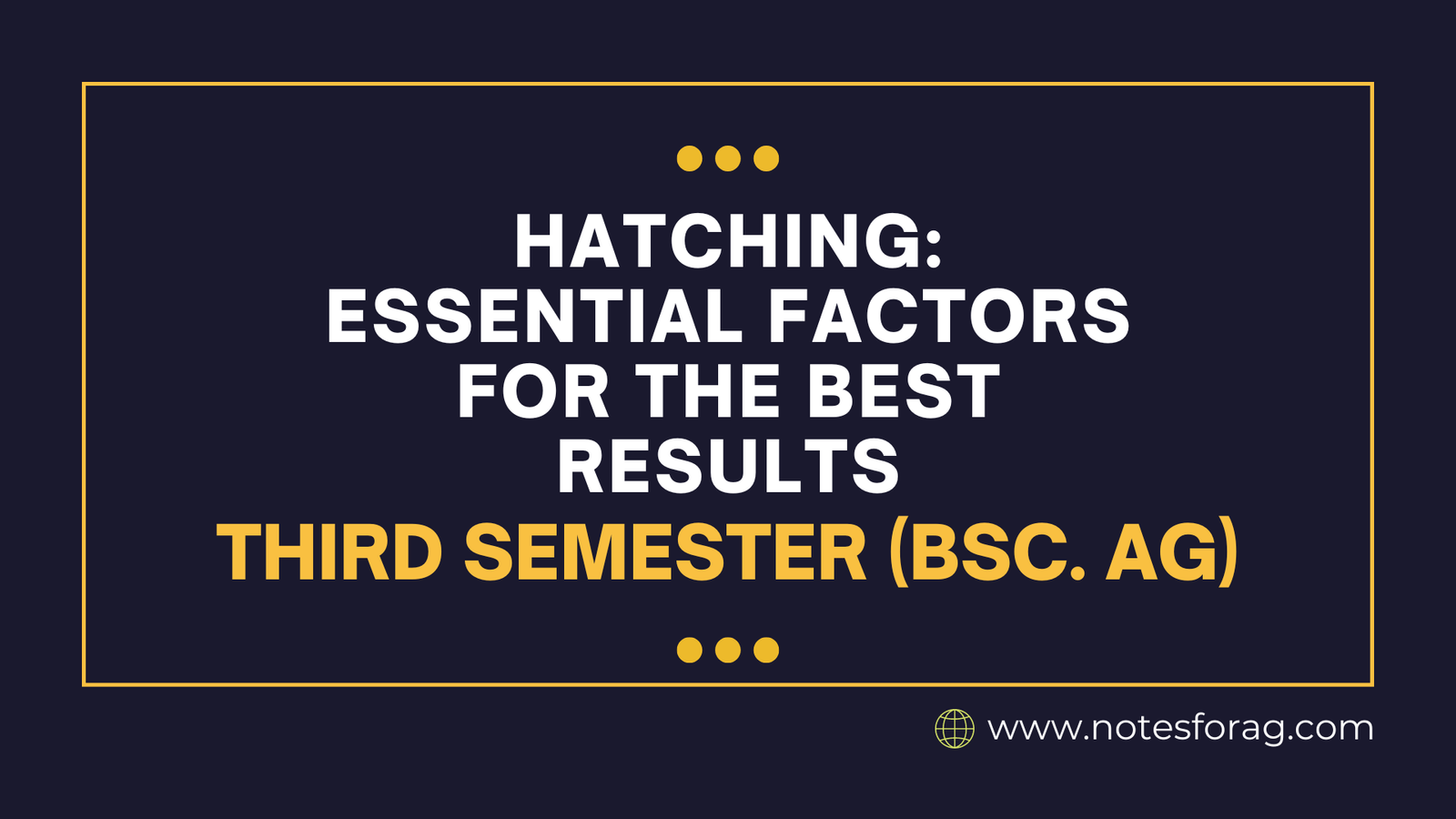Fish Breeding
Fish breeding is the controlled process of encouraging fish to reproduce under ideal conditions in order to generate offspring with desired characteristics. This includes selecting parent fish based on qualities such as growth rate and disease resistance, generating appropriate spawning and egg fertilization settings, and carefully regulating egg and larvae development. Fish breeding, whether done … Read more

